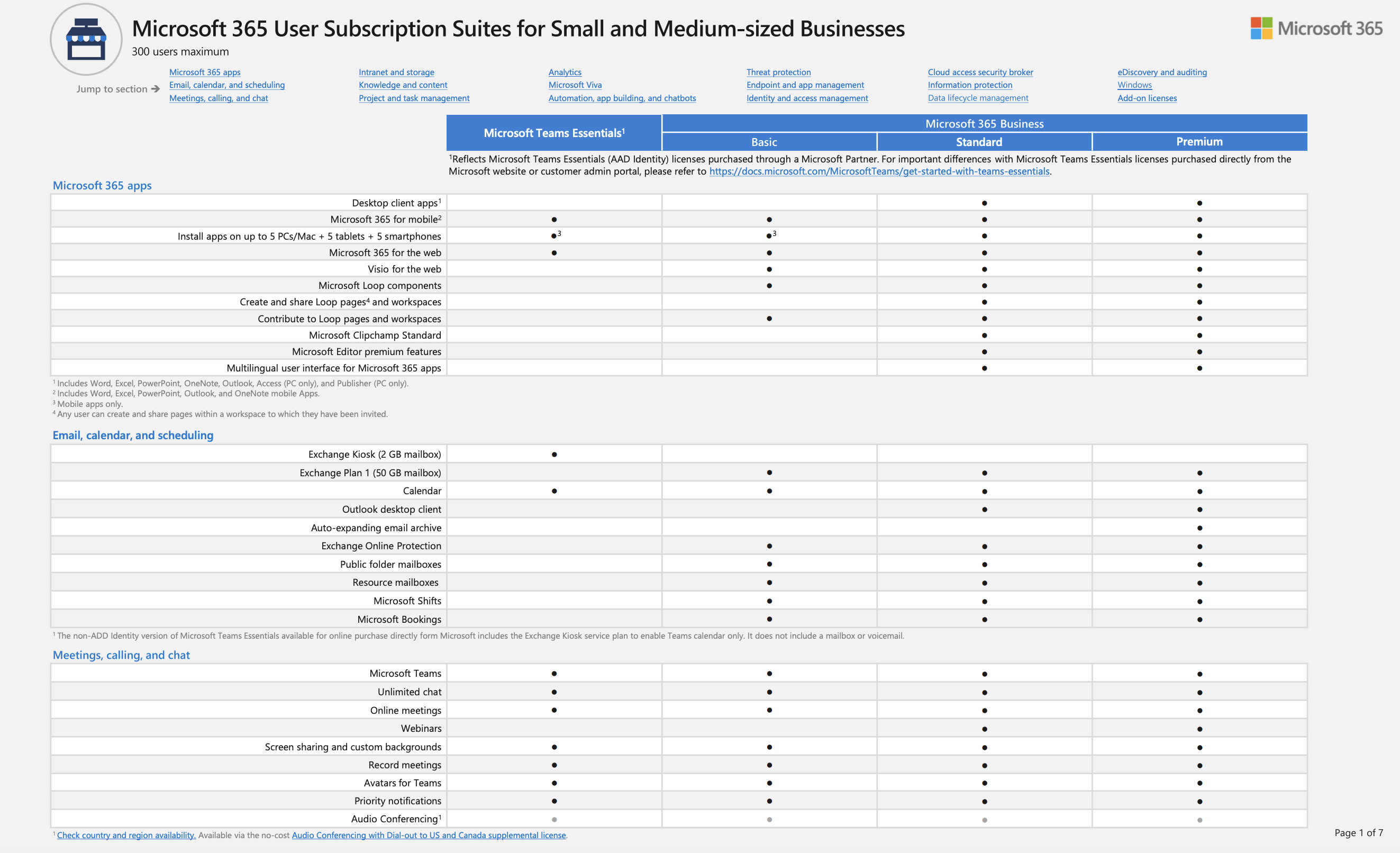Over the years, I have worked with a lot of computer engineers from companies both small and large. Almost all of them are talented, seasoned, and keen to please and they all have one thing in common. They all want to do a good job, solve your problem as quickly as possible, take your pain away and move onto the next ticket.
All of that said, we are often frustrated that our computer is still not working as expected 2 hours later or even a week after reporting it.
For you to get the most out of your IT support company, we must first understand what has changed in the last 20-25 years. Back then, computer systems were wholly in the hands of your IT support company with no grey areas. You would call up, log a ticket, the engineer would visit your offices, replace the part that had broken, and the job would be concluded. I know I’m oversimplifying here, but the principles are still valid with the lines of responsibility and fix process. Also consider that our reliance upon IT systems was far lower back then.
Let’s fast forward to 2023 in a world where we’re permanently connected to the internet, we all have multiple devices to our name and we all have a huge reliance on technology. Electronics today are so reliable that it’s a rarity that a real-life computer engineer has to attend site to replace faulty hardware and now, the problems are usually software related and therefore resolved remotely. Then factor in that each user of a computer in a business has multiple usernames and passwords for different systems, some of which are centrally managed, some not. Then consider digital convergence. Your VoIP telephone systems, CCTV, time and attendance systems, manufacturing equipment are all sat on your IT platform all at a time when technology is progressing at it’s fastest rate ever.
In short, much more complexity, higher levels of reliance and muddy lines of responsibility between vendors.
So, here are my 10 ways on how you can get the most out of your IT support provider in 2023.
- Provide all the information – every IT support company is different in how you log a ticket, but make sure, at that very first point of contact, you include in that phone call, that e-mail, that online portal:-
- who has the problem
- what has the problem
- what the problem is and any error codes
- when the problem occurs including (if possible) a diary of events
- how to recreate the problem (if known)
- when you are, and when you are not available
If the engineer already has this information right from the outset, the great thing for you is that they’re very likely working out what the problem is in the background before they call you back. This means you’re not spending time on the telephone unnecessarily, which ultimately means less inconvenience for you.
- Be available – if you have logged a support ticket, be prepared to receive the phone call when it comes or define from the outset when it is convenient at the first point of contact. All of this means you’re never inconvenienced, and it means your issue is resolved much sooner and at a time that is good for you.
- Have a work around – this point is paramount! Depending on your service level agreement with your provider, your availability, and the impact of the problem on your business, you could be waiting 5 minutes for a response / fix or 2 days or even longer. It’s important you know how to work, how to do business, how to communicate if your technology has let you down. As an example, if you’re a Microsoft 365 user, you can send and receive e-mails from your local Outlook, from a webpage (Outlook Web Access) and from your smartphone or tablet app. Or another example, if you’re a remote desktop user, in most cases, any computer in your home or office can connect to your remote desktop server. And printers, if you’re an office-based user, ensure you have access to at least 2 printers.
- Points of escalation – sometimes, things go wrong at IT support companies that could delay the fix of your problem. It could be human error, staffing issues, they’re dealing with multiple major outages on that particular day or perhaps even good old poor communication. You need to know who to tell of your poor customer service experience. At least one person in your company should know the points of escalation in your IT support company. And your IT support needs to know (every time) of any poor service experience. If they don’t know, they’re simply not able to put it right.
- Relationship – get to know your IT support company and they’ll get to know you. Go visit their offices, go meet the people, get to know the engineer that visits you the most. In return, they’ll understand more of what matters to you most as a business, which in turn will lead to quicker fixes and less frustration about the tech that’s let you down.
- Don’t wait to log that call – get that ticket logged as soon as the fault occurs, do not delay, don’t wait til the morning after (mornings are always busier than afternoons). All support companies work on ticketing systems. The sooner that ticket is logged, the sooner that SLA (service level agreement) clock starts ticking away, the sooner you get a call back, the sooner you get a fix.
- Take advantage of their online systems – Loosely related to the previous point, if you have the choice of calling the IT support company, e-mailing them, or using their online ticketing system, always log your fault with the online ticketing system. It goes directly into their system, it’s usually available out of hours, and therefore provides a quicker response and therefore a quicker resolution.
- Know your usernames and passwords – one of the biggest delays from starting a support call to the point of resolution is problems with security credentials, or put another way, you not knowing yours. It’s very common to hear ‘I don’t have a password’ or ‘I don’t know my username’ and the reason it’s common is because computers are very good at remembering stuff like that. One thing is for sure is that the engineer will not know your passwords either. You will help yourself if you spend 15 minutes today, right now, if you familiarise yourself with your Windows username, your Microsoft 365 username and password and your smartphone app store (Apple and Google Play) credentials. Believe me, it is time well spent.
- Define the severity – when a ticket is logged, it is vetted / triaged and subsequently prioritised. On one hand a support ticket could be labelled as ‘server down’ or ‘Bob’s laptop crashing’. On the surface, it appears to be clear that one ticket is more serious and impactful to the business than the other. However, my experience says these labels often mean nothing. Why? Because I’ve seen ‘server down’ mean a server that is actually partially working having a very low impact on the operation of the business and conversely ‘Bob’s laptop crashing’ could be preventing every member of staff being paid that month with a huge impact on the business. So, my point here is that, when that ticket is logged, it needs to be made clear to the reader not only what the problem is, but also what impact it is having on the business (is it affecting one user, many users OR just affecting printers for example) and what specific time pressures you’re up against, i.e. the payroll needs to be completed by 3pm so it can be submitted to the bank.
- Coffee – this last one is a little tongue in cheek but I’m going to go with it anyway. If you’re expecting a site visit from an engineer, make sure you offer them a tea, a coffee, a chocolate Hobnob (my favourite), show them where the loos are, who’s who, somewhere to sit with power and internet. Why!? Because that engineer will rush to visit you again, the engineer will remember you, understand you and the engineer will be keen to go the extra mile for you.
All these points are intended to make your work life much easier, establish a better relationship with your IT support company and it is highly likely to reduce the amount of professional IT services you consume each year.



